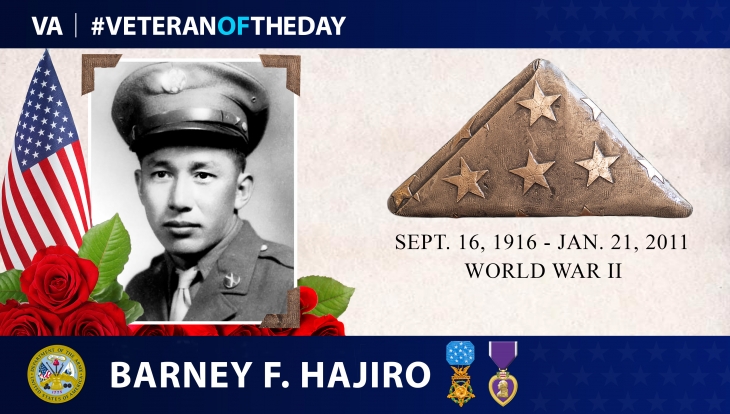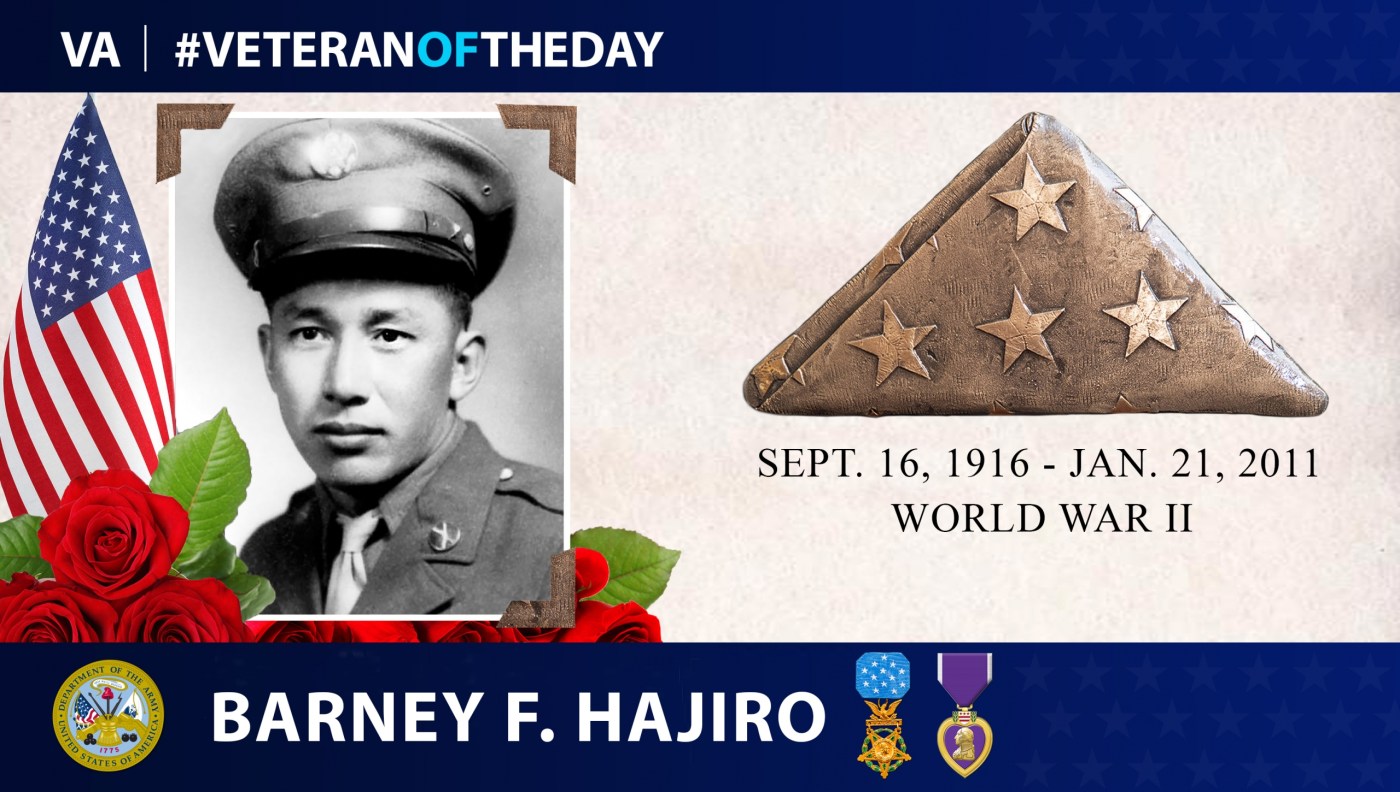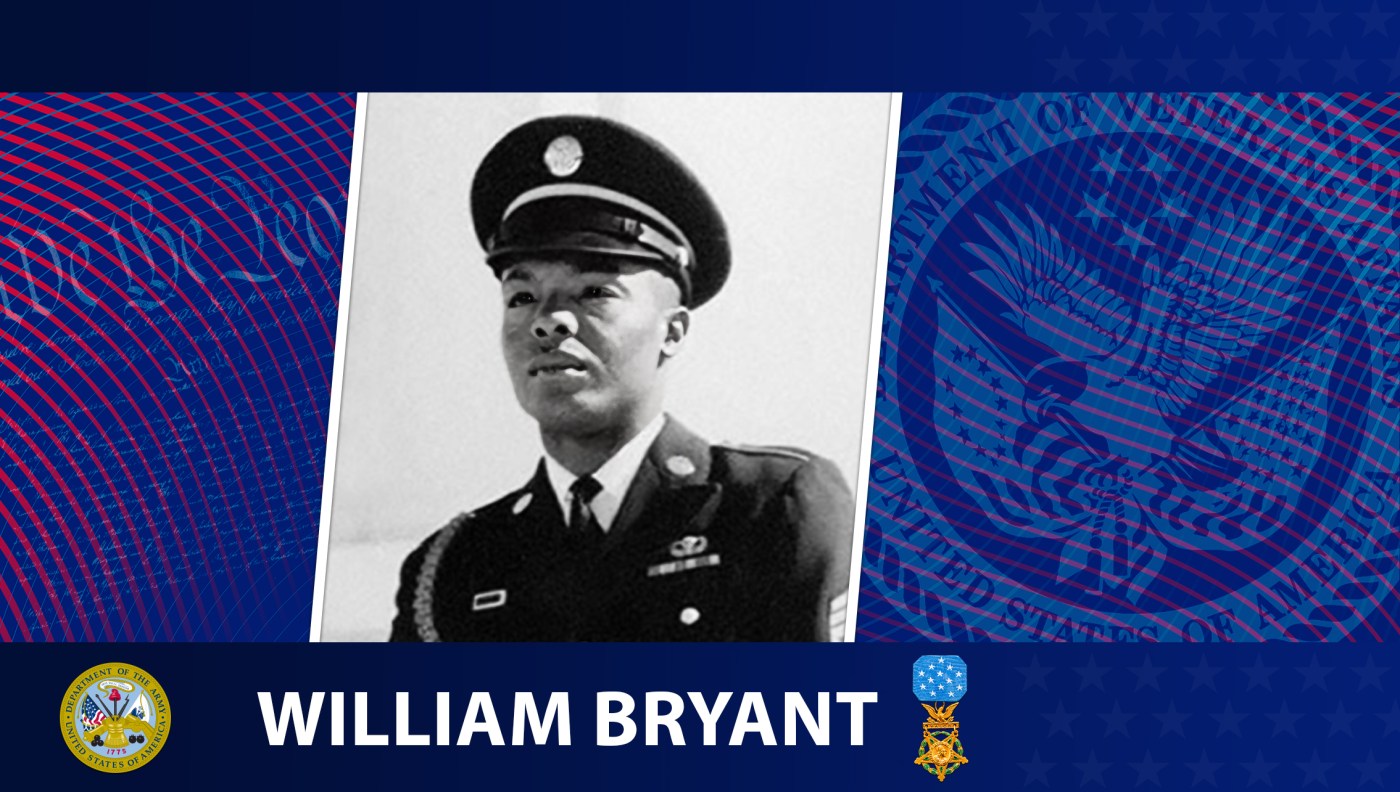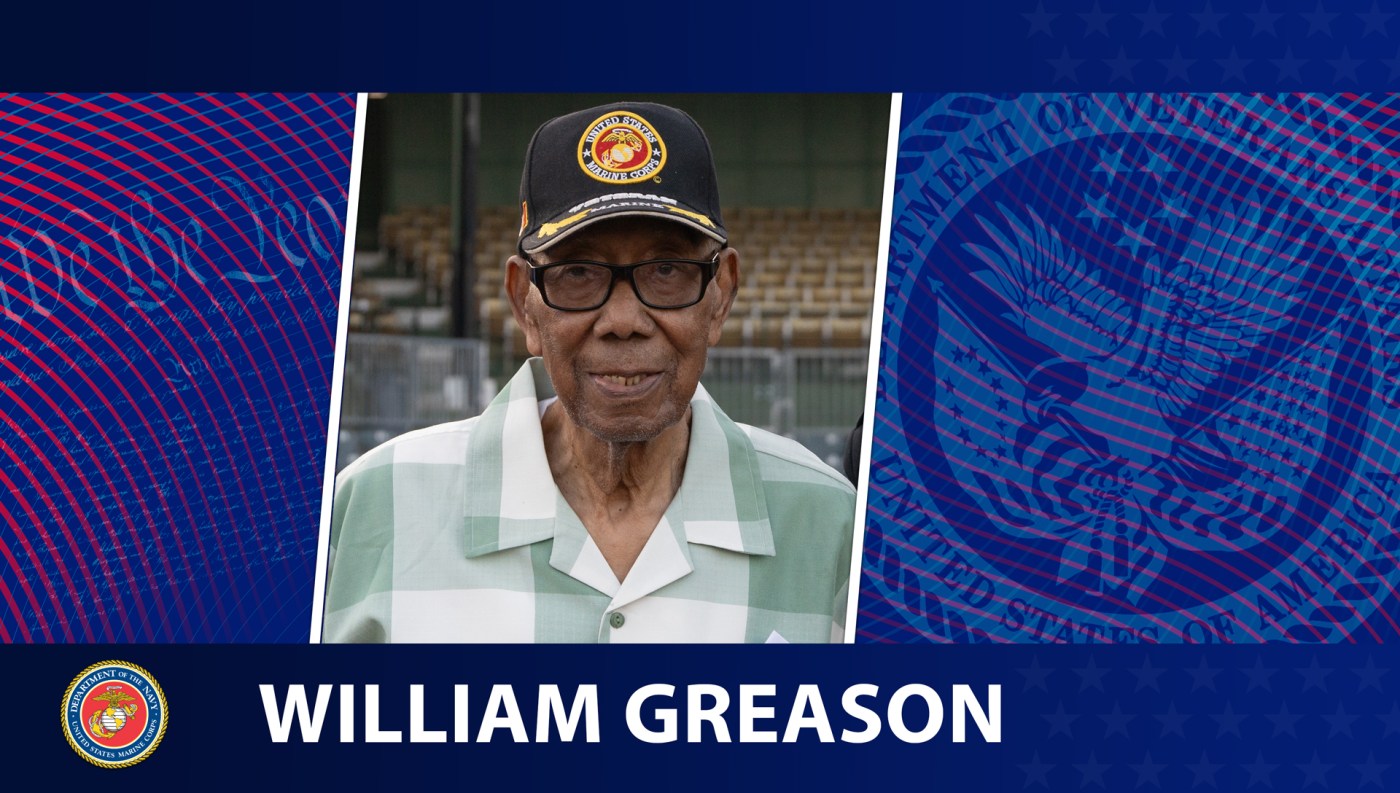
Today’s #VeteranOfTheDay is Army Veteran Barney F. Hajiro. Denied a Medal of Honor for his service during World War II, He received it 56 years later.
Barney Fushimi Hajiro was born in Hawaii in September 1916. His parents immigrated to Hawaii from Japan during World War I, and he was the oldest of nine children in a poor family. He dropped out of school in his teens to work in the sugarcane fields of Maui and later became a dockworker in Honolulu.
Hajiro was drafted into the Army in early 1942, shortly after the Japanese attack on Pearl Harbor drew the United States into World War II. He initially served with an engineering battalion but was limited to performing acts of menial labor because, due to his Japanese heritage, he was not allowed to carry a weapon.
Wanting to prove his loyalty to his country, Hajiro volunteered to serve with the 442nd Regimental Combat Team. The 442nd, composed largely of second-generation Japanese Americans, was one of the most highly decorated units of the war; with the motto “Go for Broke,” its 14,000 members received a combined total of nearly 9,500 Purple Hearts, as well as numerous Presidential Unit Citations and dozens of Distinguished Service Crosses.
Over the course of 10 days in October 1944, Hajiro was involved in three separate combat engagements in France. On Oct. 19, he assisted Allied troops by standing on an embankment and drawing hostile fire while shooting at snipers; on Oct. 22, he and another soldier ambushed an 18-man patrol, killing two and capturing the rest. On Oct. 29, Hajiro led a charge against an enemy position dubbed “Suicide Hill,” running a distance of 100 yards while under enemy fire, killing two snipers and destroying two machine gun nests. In this last battle, Hajiro was shot four times. Bullet wounds to his shoulder and wrist left one of his arms partially paralyzed, and he was barred from further combat duty before being sent back to the United States to recover.
Hajiro was originally awarded a Distinguished Service Cross for his actions, one of three he received over the course of his career. However, in the 1990s, a congressional review determined that racist attitudes during and after World War II had led soldiers of Asian descent to be discriminated against. In 2000, at a White House ceremony, President Bill Clinton awarded Hajiro and 21 other Asian American Veterans the Medals of Honor they had once been denied.
“They risked their lives above and beyond the call of duty, and in doing so, they did more than defend America,” Clinton said. “In the face of painful prejudice, they helped to define America at its best.”
After the war, Hajiro returned to Hawaii, where he worked in security. In addition to his Medal of Honor and Distinguished Service Crosses, he also received a Purple Heart and a World War II Victory Medal.
Hajiro died on Jan. 21, 2011. At the time of his death, he was the oldest living Medal of Honor recipient, aged 94. Hajiro is buried in the National Memorial Cemetery of the Pacific in Hawaii.
We honor his service.
Carry the Load
In 2022, VA is joining forces with Carry The Load to honor veterans during the “Memorial May” March, a national relay visiting 50 VA national cemeteries to honor our nation’s fallen service members. A link to this webpage is here. The complete list of participating cemeteries can be found here. Volunteers are encouraged to register in advance.
Nominate a Veteran for #VeteranOfTheDay
Do you want to light up the face of a special Veteran? Have you been wondering how to tell your Veteran they are special to you? VA’s #VeteranOfTheDay social media feature is an opportunity to highlight your Veteran and his/her service.
It’s easy to nominate a Veteran. Visit our blog post about nominating to learn how to create the best submission.
Veterans History Project
This #VeteranOfTheDay profile was created with interviews submitted to the Veterans History Project. The project collects, preserves, and makes accessible the personal accounts of American war Veterans so that future generations may hear directly from Veterans and better understand the realities of war. Find out more at http://www.loc.gov/vets/.
Writer: Stephen Hill
Editors: Annabelle Colton, Merrit Pope
Researchers: Carl Wesseln, Timothy Georgetti
Graphic Designer: Kiki Kelley
Topics in this story
More Stories
This week’s Honoring Veterans Spotlight honors the service of Army Veteran and Medal of Honor recipient William Maud Bryant.
This week's Honoring Veterans spotlight honors the service of Marine Corps Veteran and MLB pitcher Reverend Bill Greason.
This week’s Honoring Veterans Spotlight honors the service of Army Veteran Harry R. Truman, who served in Europe.






We honor the service of Barney Fushimi Hajiro.